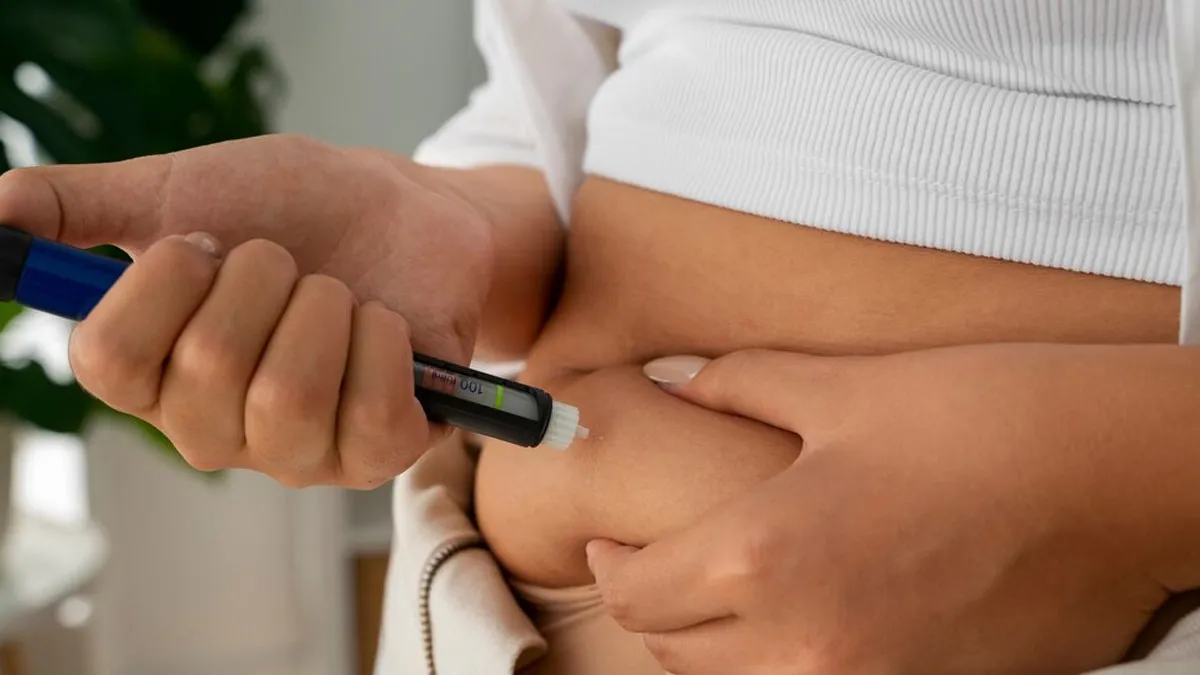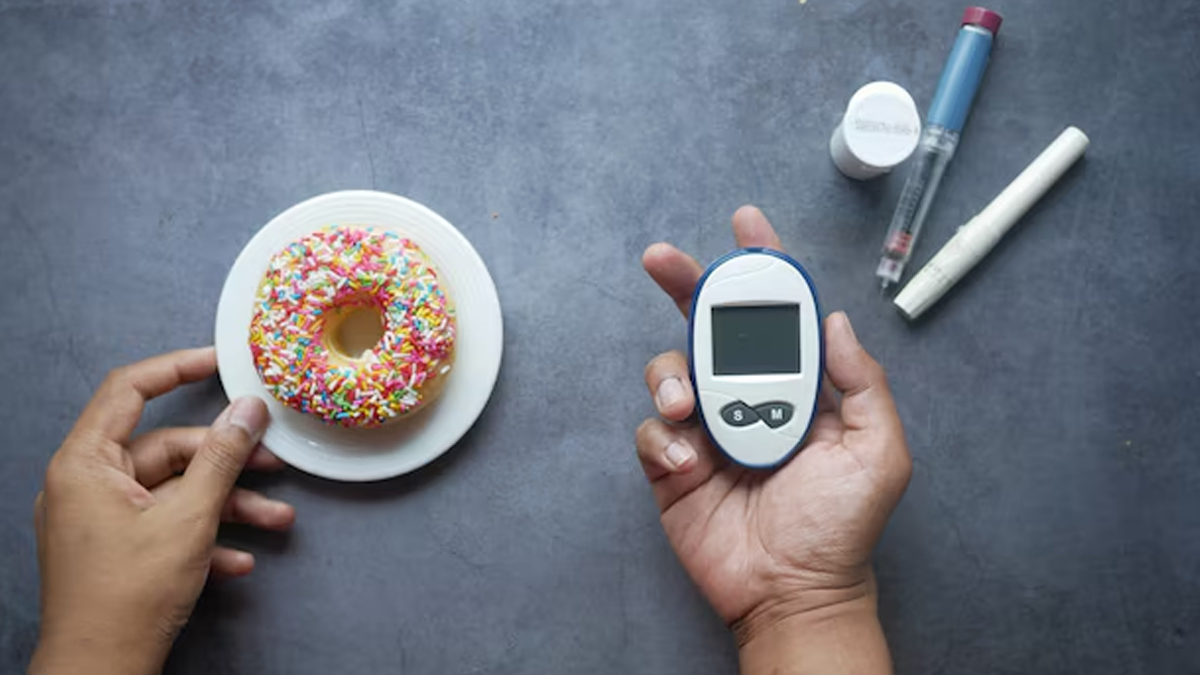
Diabetes can affect anyone, but some people are at higher risk than others. Type 1 diabetes, an autoimmune condition where the body attacks the insulin-producing cells in the pancreas, can develop at any age, though it often begins in childhood or the teenage years. Type 2 diabetes, on the other hand, occurs when the body either resists insulin or doesn’t produce enough of it, leading to higher blood sugar levels. This type is generally associated with older age, mostly affecting people over 40.
Table of Content:-
Interestingly, although often thought of as a childhood condition, type 1 diabetes can also occur in adults. Adult-onset type 1 diabetes can present challenges in diagnosis, as it may be mistaken for type 2 due to age. So how do you identify it early? The OnlyMyHealth team interacted with two leading experts to understand the same.
Also Read: Autoimmune Diseases More Common In Women Who Stop Ovulating Before 40: Study
What Is Adult-Onset Type 1 Diabetes?

In general, type 1 diabetes cases are usually seen in childhood or adolescence. However, adult-onset type 1 diabetes, also known as latent autoimmune diabetes in adults (LADA), is a form of type 1 diabetes that develops in adulthood.
Unlike type 2 diabetes, which is often linked to lifestyle factors like weight and inactivity, adult-onset type 1 diabetes is an autoimmune condition where the body’s immune system attacks the insulin-producing cells in the pancreas.
Speaking with the OnlyMyHealth team, Dr Suchismitha Rajamanya, Lead Consultant and HOD, Internal Medicine, Aster Whitefield Hospital, Bengaluru, explained, "In type 2 diabetes, there is normal or increased production of insulin, but patients have insulin resistance. In adult-onset type 1 diabetes, patients develop diabetes after the age of 30 years. Most likely, there is damage to the pancreas because of the production of autoantibodies and hence reduced insulin production.
"These patients can initially manage sugars with diet and oral medications but will require insulin eventually. In type 2 diabetes, autoantibodies are usually absent, and patients require insulin much later in the course," she added.
Dr Mahesh D M, Consultant Endocrinologist, Aster CMI Hospital, Bengaluru, explained that while type 1 diabetes usually affects young people due to the body's immune system attacking insulin-producing cells, it can also develop in adults. In these cases, the condition may progress more slowly, and some insulin production might remain.
Currently, India has a high number of children and adolescents with type 1 diabetes. In 2019, approximately 15,900 new cases were diagnosed each year, and there were an estimated 95,600 children and adolescents living with the condition, as reported in astudy published in the journal Cureus.
Warning Signs Of Type 1 Diabetes

Type 1 diabetes can cause various warning symptoms that should not be ignored. Some of the most common ones include:
Increased thirst and frequent urination, which occur when the body attempts to remove excess glucose through urine,.
Unexplained weight loss, which can be a serious symptom, occurs as the body begins to break down fat and muscle for energy due to its inability to use glucose adequately.
Excessive weariness
Blurred vision
Increased irritability as a result of fluctuations in blood sugar levels.
Also Read: Can Eating Too Much Oats And Bananas Lead to Type 1 Diabetes In Children? Expert Debunks The Myth
Why Early Detection Is Key

“It's important to diagnose type 1 diabetes in adults early, as the symptoms tend to begin rather slowly but would be causing internal damage even before the condition is identified,” warned Dr Rajamanya.
She added that the condition can lead to damage to the nerves, heart, kidney, and brain if left unchecked, which is why early recognition and management offsets the appearance of these complications.
People with specific risk factors like a genetic history, being overweight, smoking and excessive alcohol consumption, a sedentary lifestyle, and consuming excessive sugar in the form of sweets and canned drinks should get themselves checked regularly.
How To Manage Adult-Onset Type 1 Diabetes
Dr Mahesh said, “Adult-onset Type 1 diabetes is managed differently from Type 2 diabetes because of the underlying pathophysiological causes and therapeutic requirements.” He explained that the condition demands a stringent insulin therapy regimen from the start, as these people are unable to make enough insulin by themselves.
Dr Rajamanya concluded that both type 1 and type 2 diabetes necessitate healthy lifestyle choices, including a healthy diet and regular exercise.
Also watch this video
How we keep this article up to date:
We work with experts and keep a close eye on the latest in health and wellness. Whenever there is a new research or helpful information, we update our articles with accurate and useful advice.
Current Version